Best Parsnip Companion Plants That Will Help Your Crop Thrive
Best Parsnip Companion Plants That Will Help Your Crop Thrive
Parsnips are a delicious and versatile root vegetable that can be enjoyed in a variety of dishes. But did you know that companion planting can help your parsnips thrive? Companion planting is the practice of planting certain plants together to benefit each other. By planting parsnips with the right companion plants, you can deter pests, improve soil quality, and boost your harvest.
In this blog post, we will discuss the best companion plants for parsnips. We will also cover why companion planting is beneficial and how to choose the right companion plants for your needs.
Why Companion Planting is Beneficial
There are many benefits to companion planting. Some of the most common benefits include:
- Deterrent pests and diseases. Some plants have natural pest-repelling properties. By planting these plants near your parsnips, you can help to keep pests away. For example, onions and garlic repel aphids, while marigolds repel nematodes.
- Improve soil quality. Some plants help to improve soil quality by adding nutrients, breaking down organic matter, or suppressing weeds. For example, beans and peas fix nitrogen in the soil, while nasturtiums help to suppress weeds.
- Attract pollinators. Pollinators, such as bees and butterflies, are essential for plant reproduction. By planting flowers that attract pollinators near your parsnips, you can help to ensure that your plants are pollinated and produce a good harvest.
- Provide shade and windbreak. Some plants can provide shade and windbreak for your parsnips. This can help to protect your plants from the hot sun and strong winds. For example, tomatoes and sunflowers can provide shade, while corn and beans can provide windbreak.
How to Choose Companion Plants for Parsnips
When choosing companion plants for parsnips, there are a few things to keep in mind. First, consider the pests and diseases that are common in your area. Plant companion plants that repel these pests and diseases. Second, consider the soil quality in your garden. Plant companion plants that help to improve soil quality. Third, consider the sunlight and water requirements of your parsnips. Plant companion plants that have similar sunlight and water requirements.
Here are some of the best companion plants for parsnips:
- Onions and garlic. These pungent plants repel aphids, carrot flies, and other pests.
- Lettuce. This leafy green helps to suppress weeds and improve soil quality.
- Radishes. These early-maturing plants mark the spot where you planted your parsnips, so you don't accidentally pull them up when weeding.
- Bush beans. These nitrogen-fixing plants help to improve soil quality.
- Peas. These nitrogen-fixing plants also help to improve soil quality.
- Marigolds. These flowers repel nematodes, which can damage parsnip roots.
- Nasturtiums. These flowers suppress weeds and attract pollinators.
- Tomatoes. These plants provide shade and windbreak for parsnips.
- Sunflowers. These plants also provide shade and windbreak for parsnips.
By planting parsnips with the right companion plants, you can help to ensure that your crop thrives. So next time you're planning your garden, be sure to consider companion planting.
Parsnips are a delicious and nutritious root vegetable that can be a great addition to any garden. But did you know that certain companion plants can help to improve the growth and health of your parsnips?
Here are a few of the best parsnip companion plants:
- Onions and garlic: These pungent vegetables help to repel pests such as aphids and carrot root flies.
- Radishes: Radishes grow quickly and can help to loosen the soil, making it easier for parsnips to develop their long roots.
- Bush beans: Bush beans fix nitrogen in the soil, which can help to improve the health of your parsnips.
- Peas: Peas also fix nitrogen in the soil, and they can help to shade the soil around your parsnips, which can help to keep the soil cool and moist.
- Lettuce: Lettuce is a relatively shallow-rooted plant, so it won't compete with parsnips for water and nutrients.
- Rosemary: Rosemary has a strong scent that can help to repel pests such as cabbage moths and whiteflies.
For more information about parsnip companion planting, please visit Gardenia Inspiration.
FAQ of parsnip companion plants
- What are some good companion plants for parsnips?
Some good companion plants for parsnips include:
- Anise: Anise helps to repel pests such as carrot flies and cabbage moths.
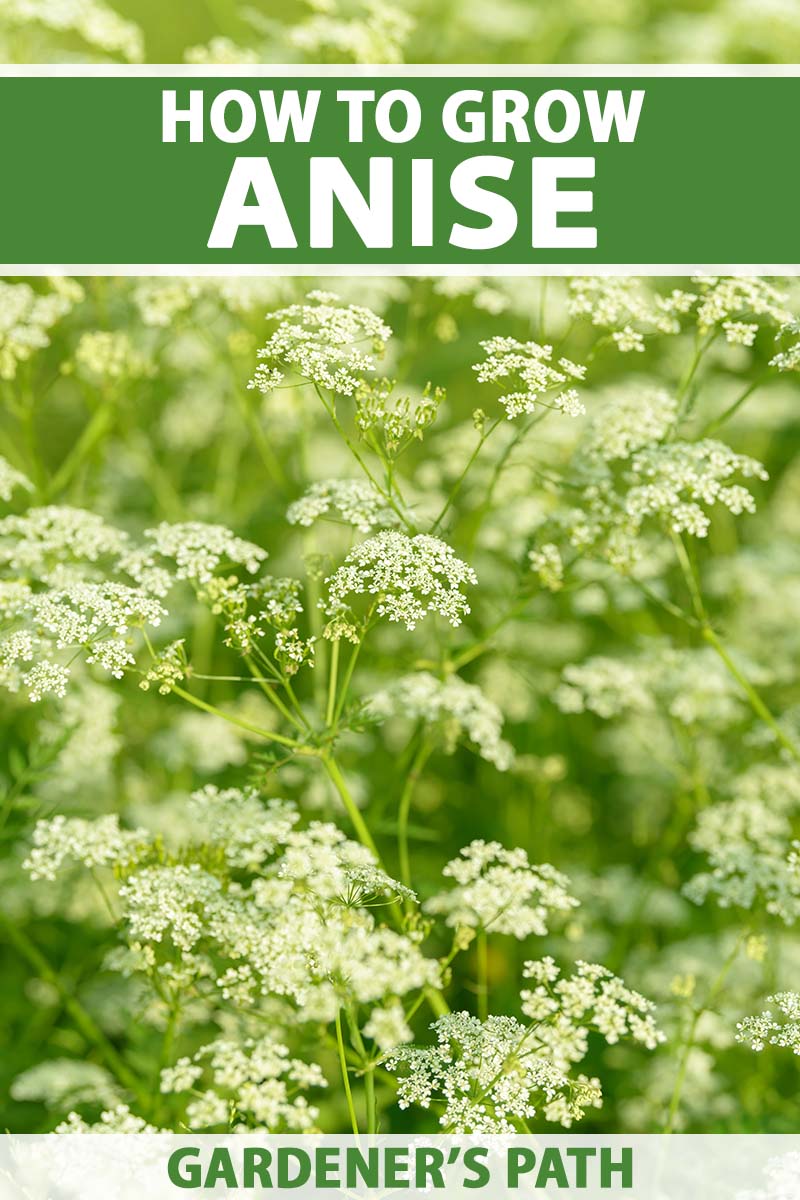
- Bush beans: Bush beans fix nitrogen in the soil, which can benefit parsnips.
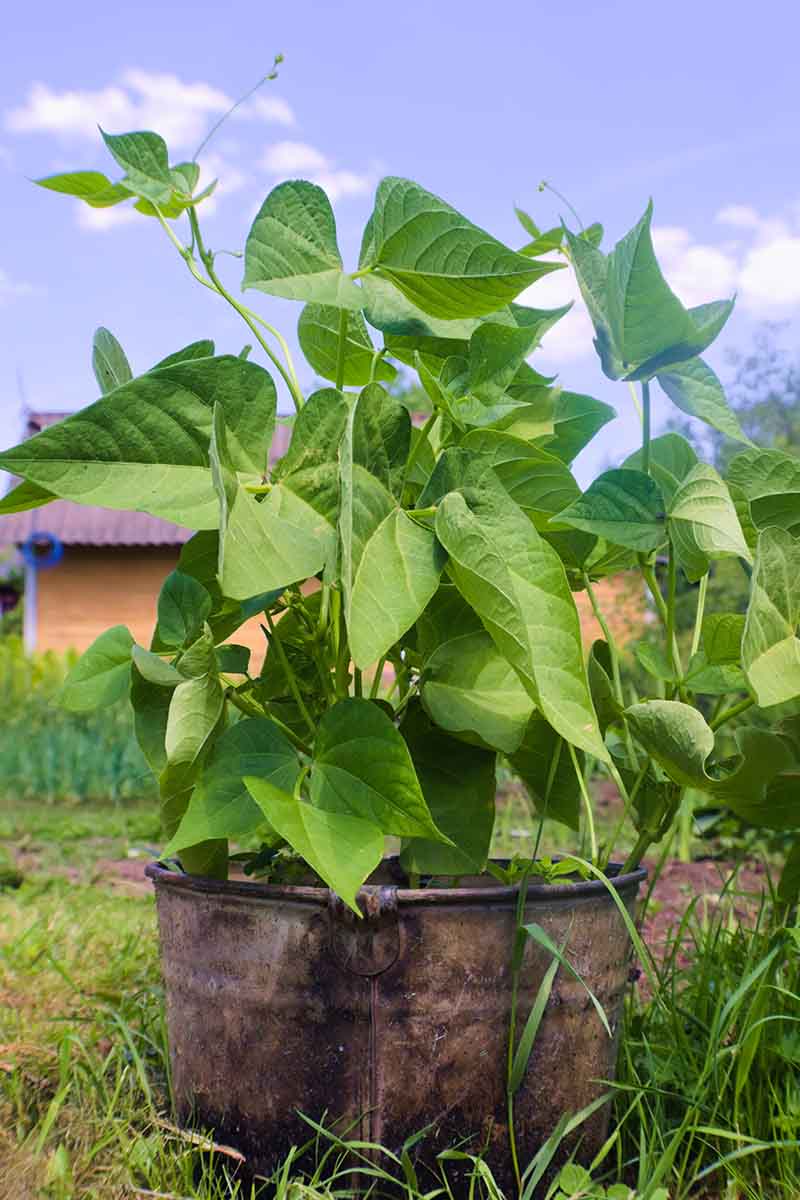
- Garlic: Garlic helps to repel pests such as aphids and spider mites.
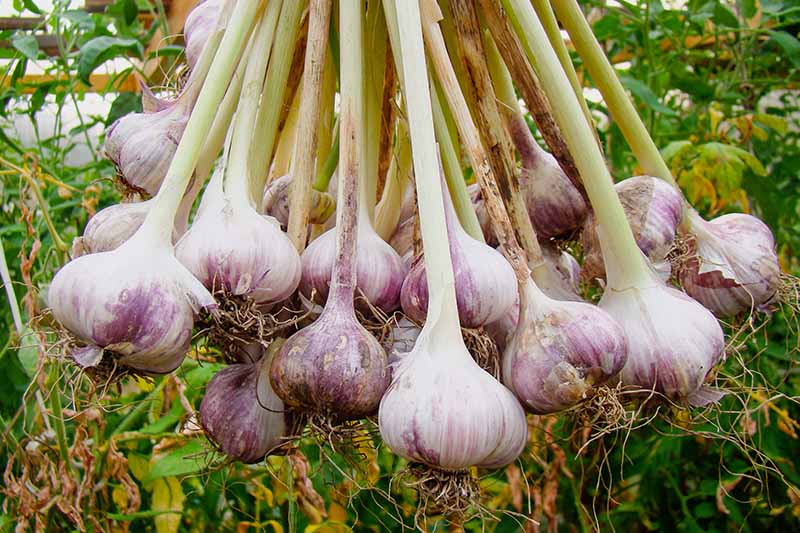
- Lettuce: Lettuce helps to suppress weeds and attract beneficial insects.
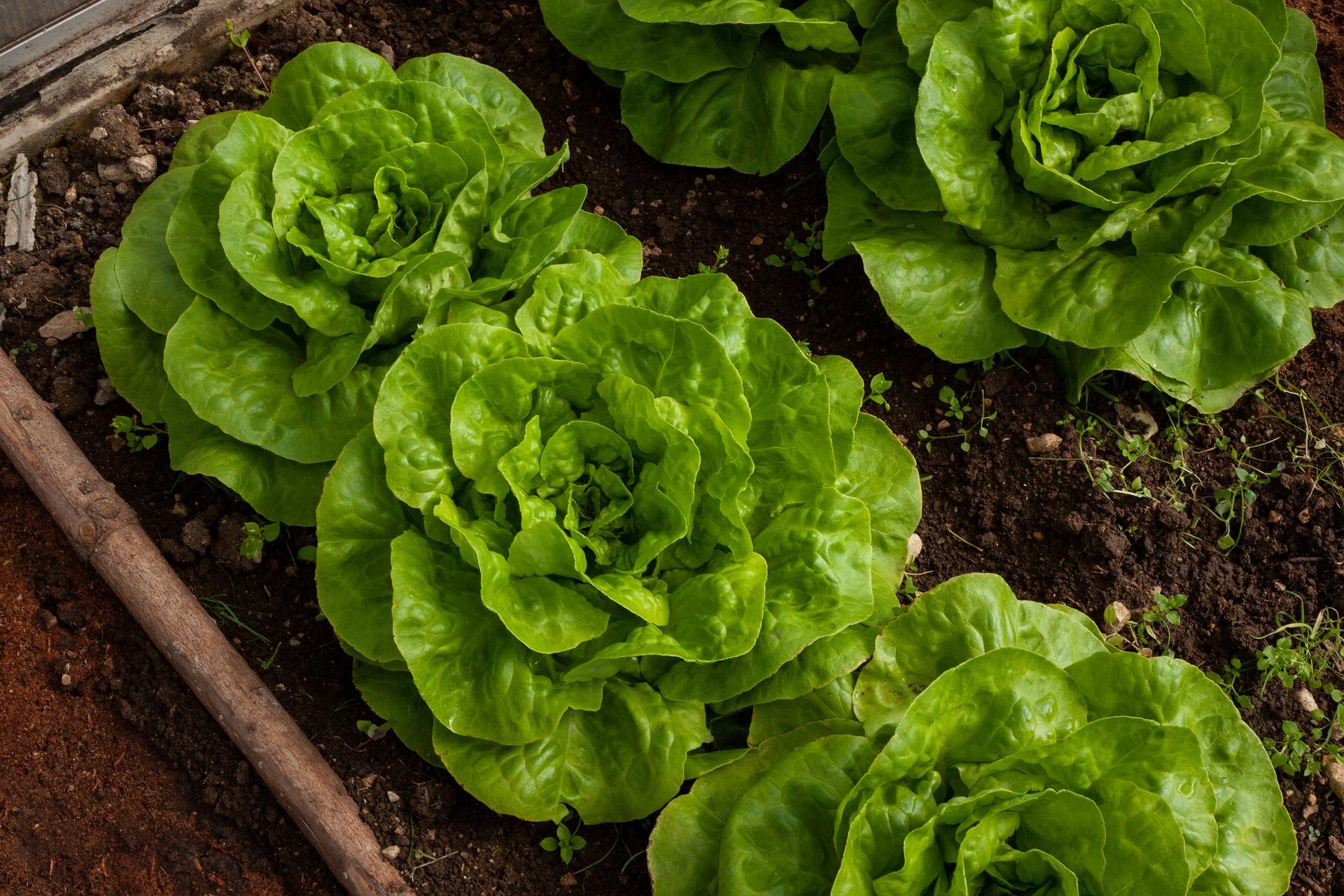
- Onion: Onions help to repel pests such as carrot flies and cabbage moths.

- Radish: Radishes help to break up the soil and improve drainage, which can benefit parsnips.
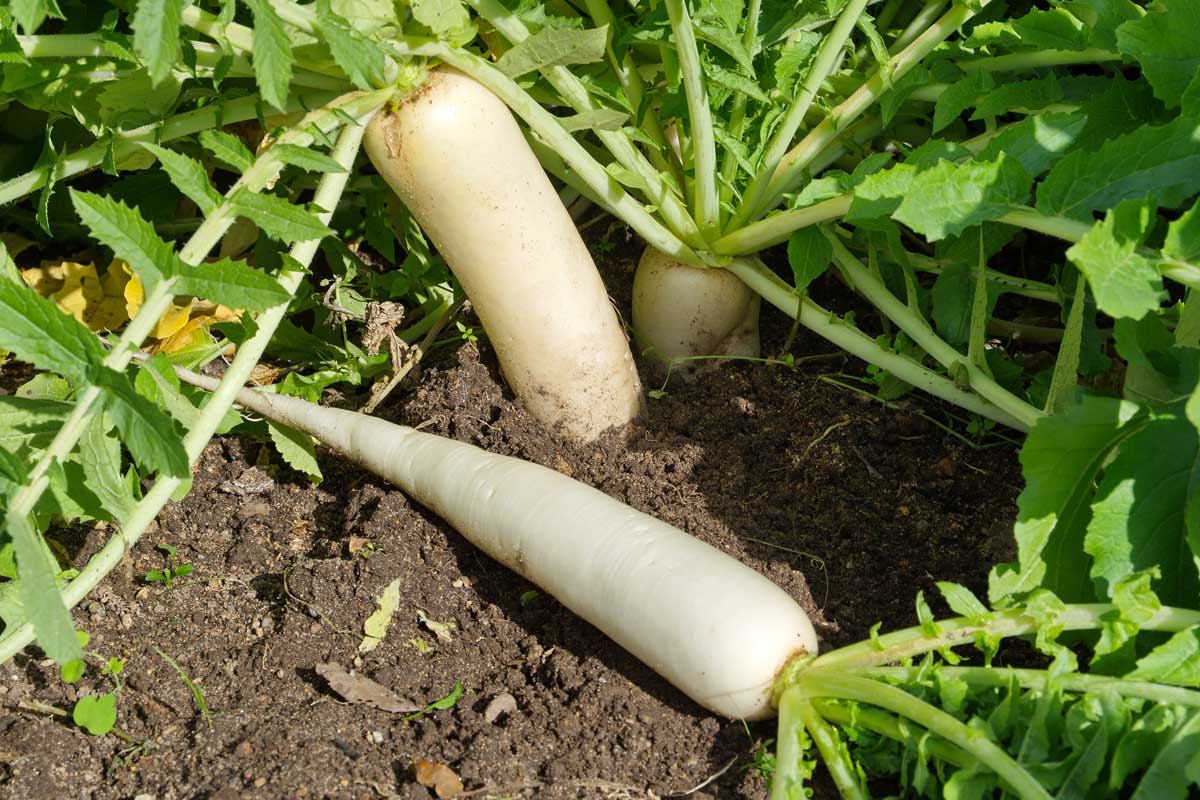
- Rosemary: Rosemary helps to repel pests such as cabbage moths and carrot flies.

- What plants should I avoid planting near parsnips?
Some plants that you should avoid planting near parsnips include:
- Carrots: Carrots and parsnips are both members of the Apiaceae family, and they can cross-pollinate. This can result in carrots with a bitter taste.
- Cabbage: Cabbage and other brassicas can attract pests such as cabbage moths and carrot flies.
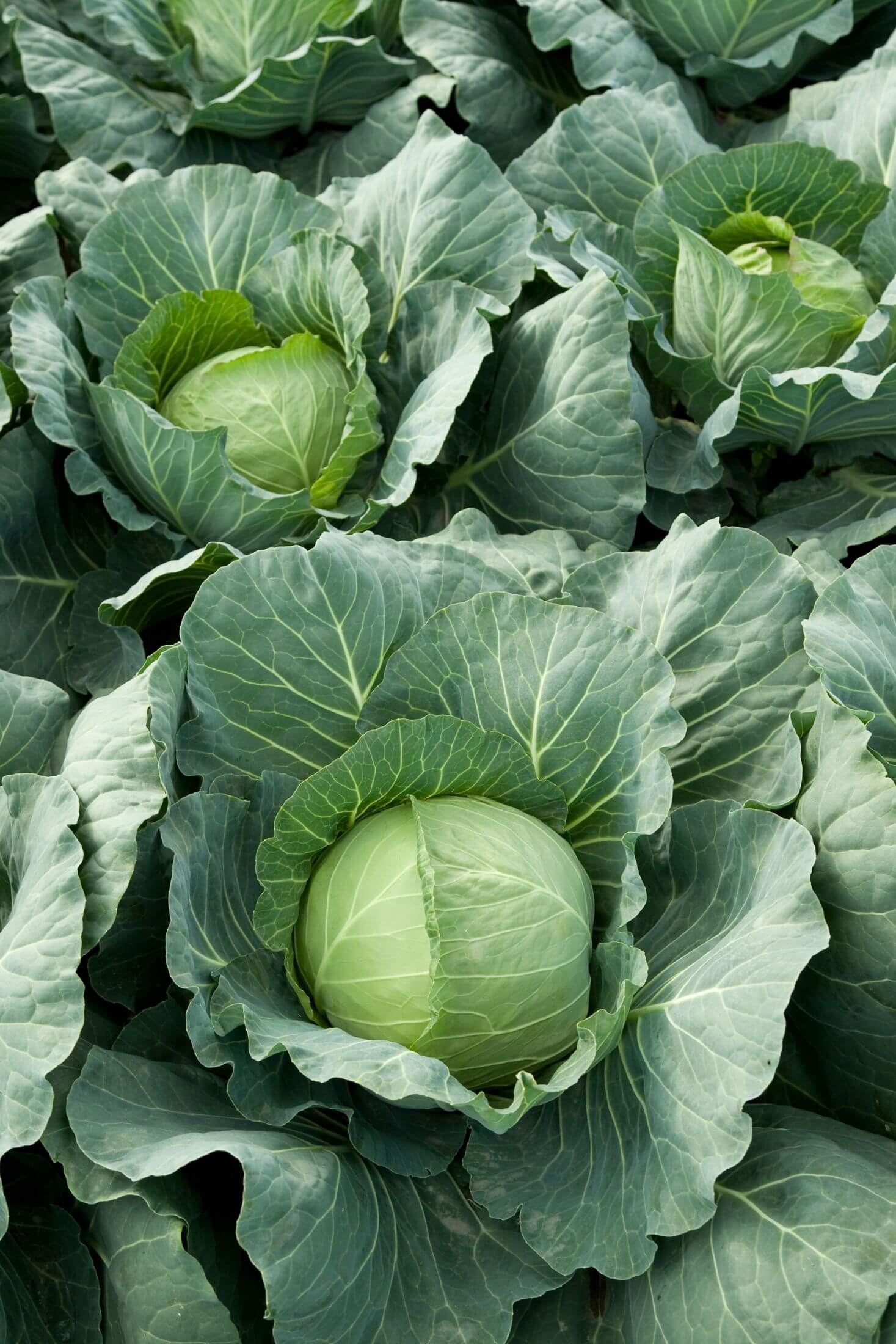
- Fennel: Fennel can release a chemical that can stunt the growth of parsnips.
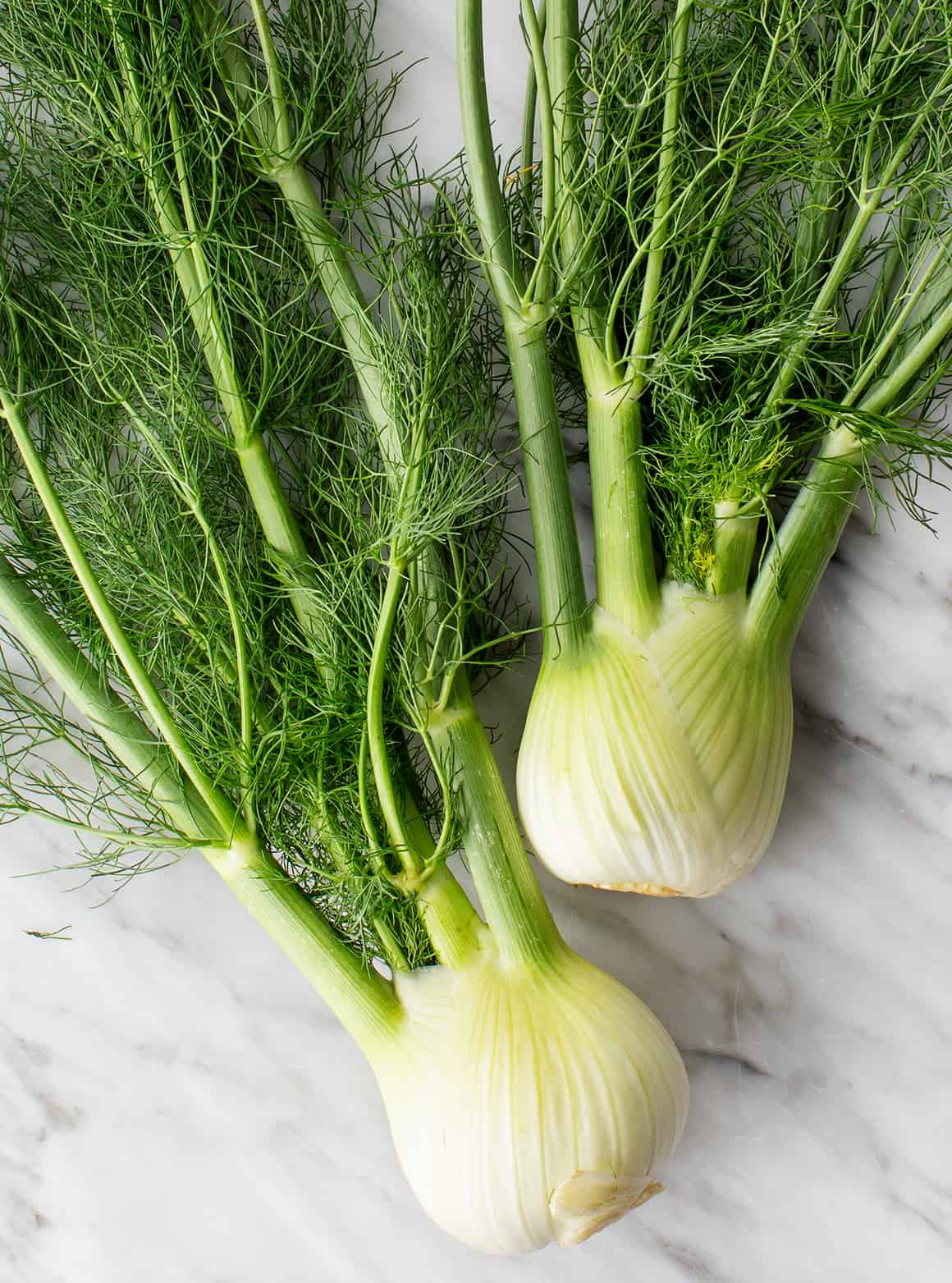
- Potatoes: Potatoes can attract the Colorado potato beetle, which can also damage parsnips.

- Spinach: Spinach can release a chemical that can inhibit the growth of parsnips.
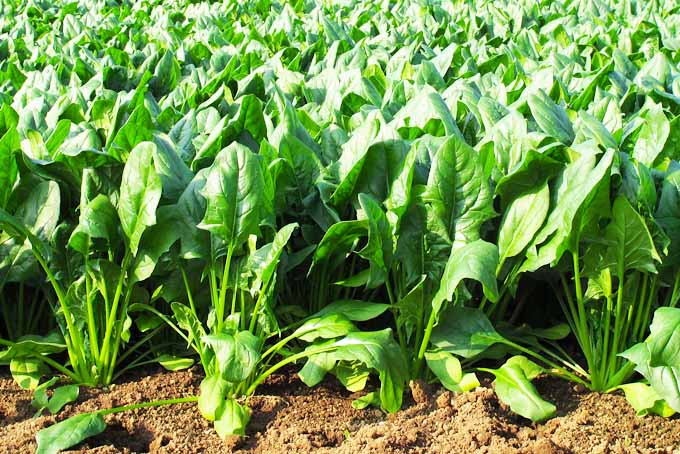
- How far apart should I plant parsnips?
Parsnips should be planted 12-18 inches apart. This will give them enough room to grow and mature properly.
- When should I plant parsnips?
Parsnips can be planted in the spring or fall. However, they will generally grow better if they are planted in the fall. This is because they need a long growing season to mature.
- How do I care for parsnips?
Parsnips are relatively easy to care for. They need full sun and well-drained soil. They should be watered regularly, especially during dry periods. You may also need to fertilize them once or twice during the growing season.
Image of parsnip companion plants
5 different images of parsnip companion plants from Pinterest:
- Anise. Anise is a herb that helps to repel pests, such as carrot rust flies.
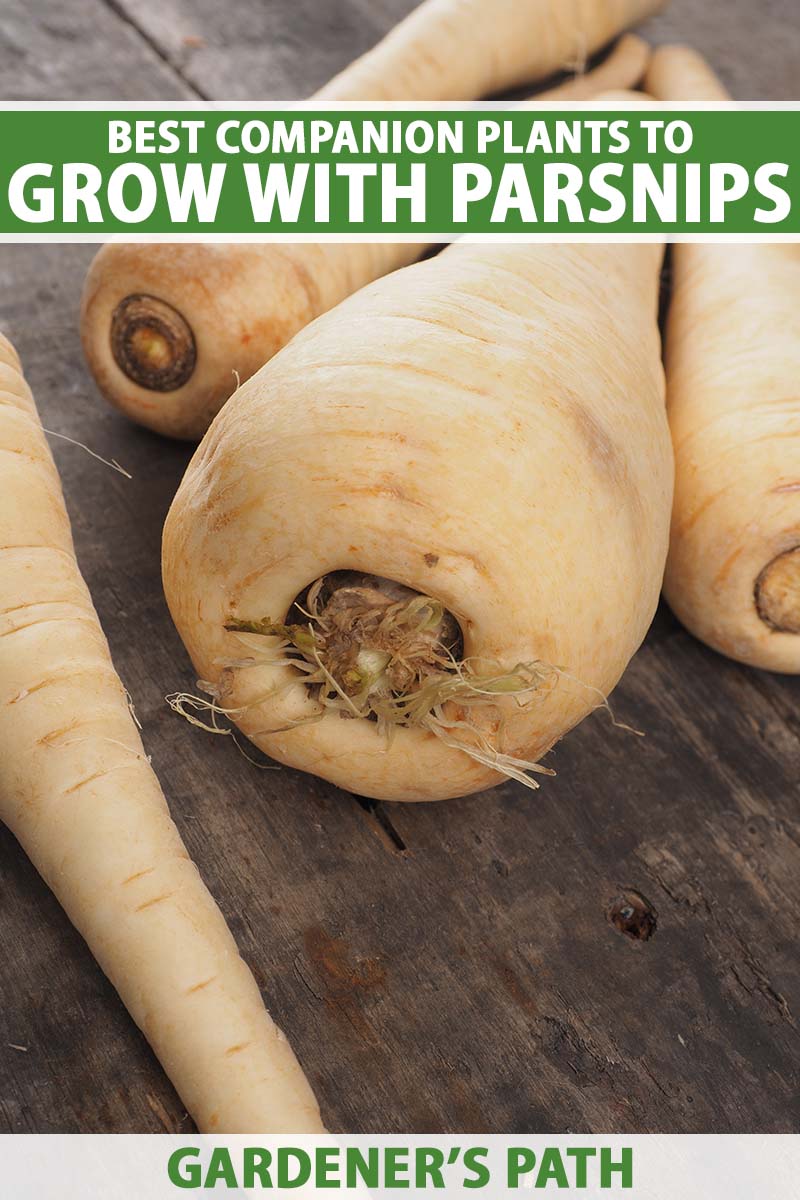
- Bush beans. Bush beans are nitrogen-fixing plants, which means they add nitrogen to the soil. This can benefit parsnips, which are heavy feeders.

- Garlic. Garlic has strong insect-repelling properties. It can help to keep pests away from parsnips.
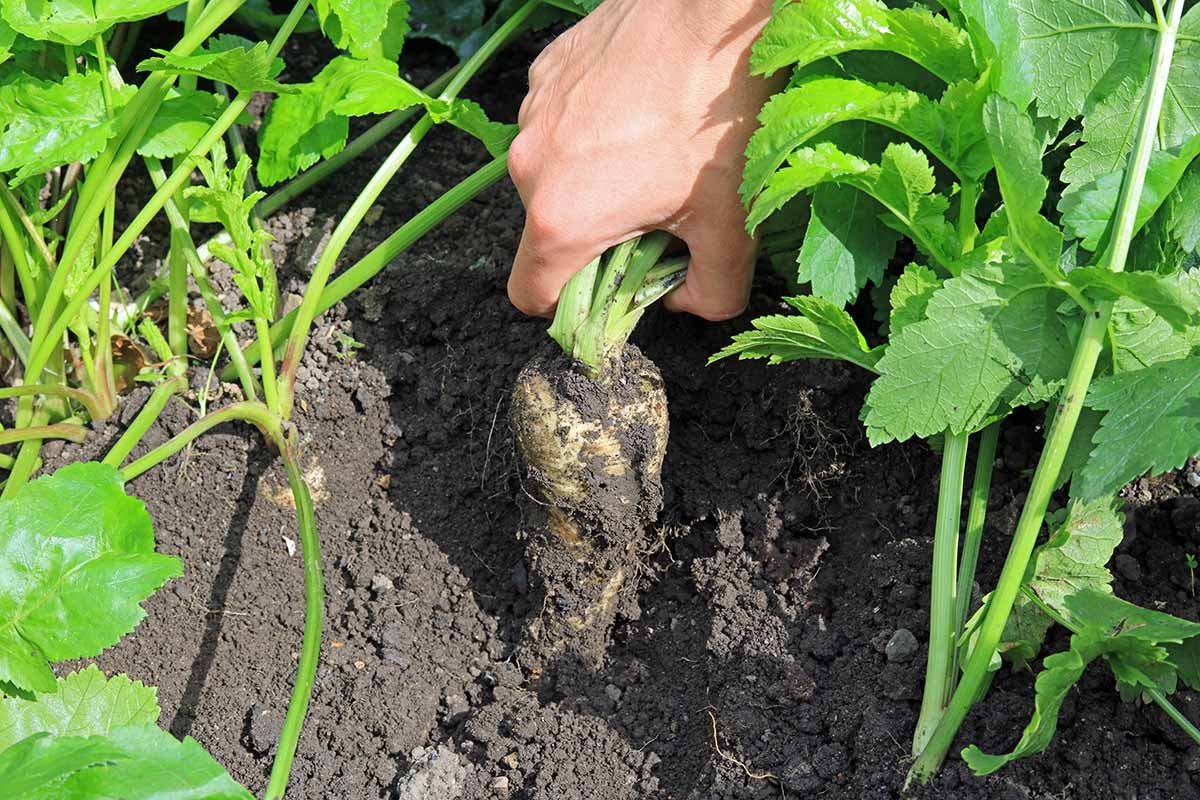
- Lettuce. Lettuce is a good companion plant for parsnips because it shades the soil, which can help to prevent the parsnips from bolting.

- Onion. Onions, like garlic, have strong insect-repelling properties. They can also help to improve the flavor of parsnips.

Post a Comment for " Best Parsnip Companion Plants That Will Help Your Crop Thrive"